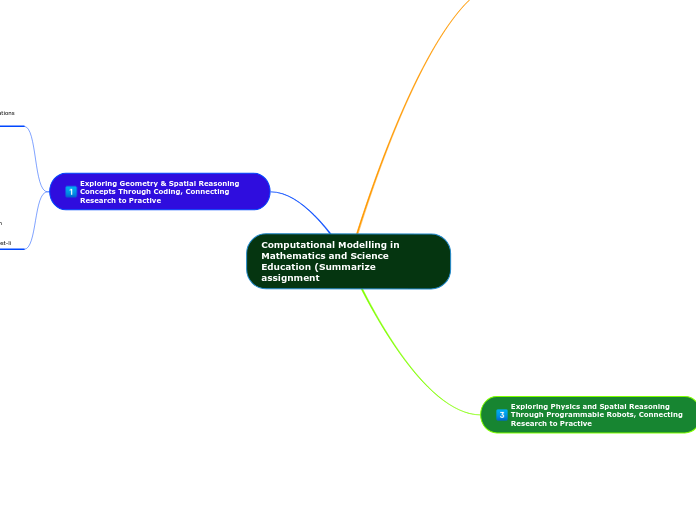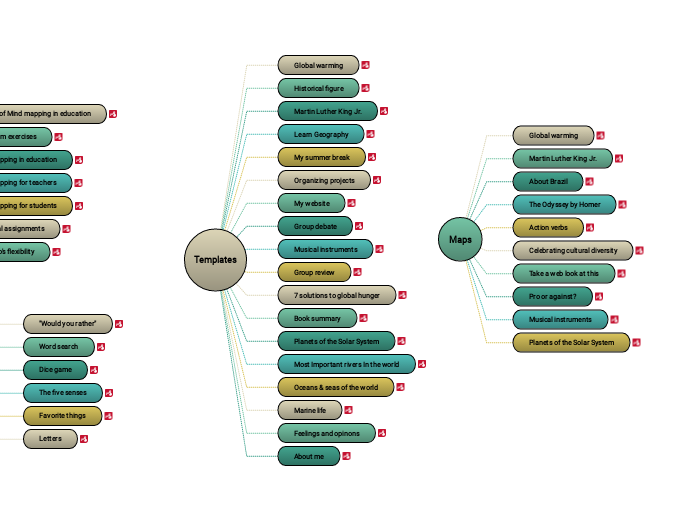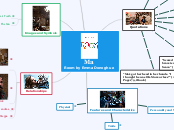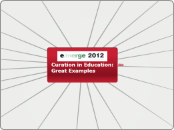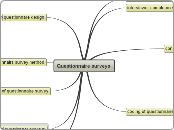Computational Modelling in Mathematics and Science Education (Summarize assignment
Type in the name of your web site and press Enter.
Exploring Geometry & Spatial Reasoning Concepts Through Coding, Connecting Research to Practive
Smith, C. P., & Neumann, M. D. (2014). Scratch it out! Enhancing geometrical understanding. Teaching Children Mathematics, 21(3), 185–188. Retrieved from http://search.ebscohost.com/login.aspx?direct=true&db=a9h&AN=98910632&lang=es&site=ehost-li
Scratch Program benefits
Makes learning math fun, even for students that would not traditionally think so
Creative Outlet
Engaging Activity
Allows for personality and design
Encourages fixing bugs rather than focusing on wrong answers
Either students can learn from their mistakes, or can apply math concepts to achieve goals in the program
Helps students conceptualize math theory in a real-world practical sense
Visualize math problems
Teaches students pseudocoding skills through geometric art
Wing, J. M. (2006). Computational thinking. Communications of the ACM, 49(3), 33–35.
Prepares professional and academic minds for the future
Demonstrates the ubiquity of computational thinking
Across multitude of educational disciplines and learning levels
Develops problem solving & critical thinking skills
Exploring Physics and Spatial Reasoning Through Programmable Robots, Connecting Research to Practive
Gadanidis, G. (2017). Five Affordances of Computational Thinking to support Elementary Mathematics Education. Journal of Computers in Mathematics and Science Teaching, 36(2), 143-151.
Promotes computational thinking across emerging areas of study
Facilitates a deeper understanding and ability to recall math content
Provides students with context for math theory
Can help shift students perception of math
Low floor, high ceiling activity
Promotes differentiated learning
Tailored Learning
Promotes independent learning
Students design their own learning experiences
Sphero
Helps practicaly apply in-class learning
Introduces to students of accelerometers and gyroscopes
Shows students how geometry theory interacts with the real world
Integrated STEM
Motion of objects/ Kinematics
Math labs
Physics labs
Papert, S. (1980). Turtle geometry: A mathematics made for learning. In Mindstorms: Children, computers and powerful ideas (pp. 55-93). New York: Basic Books.
Promotes 'body syntonicity'
'How would you move your body through space'
Helps students relate math concepts to real-life
Timeless teaching method
Promotes 'debugging'/ fixing math proble,
Cements learning because it is independent and meaningful
Students learn from mistakes rather thn focus on failure
Pen, paper and protractor
Still useful today because it is a low cost alternative to computers
Comparable to Contemporary Scratch
Exploring Spatial Reasoning, Coordinate Grids Through Coding, Connecting Research to Practice
diSessa, A.A. (2018) Computational Literacy and “The Big Picture” Concerning Computers in Mathematics Education, Mathematical Thinking and Learning, 20:1, 3-31,
How to best implement computer learning for mathematics
Promotes analytical framework on decisions regarding best practices in education
Long-term tragectory/ Big Picture
Students learn as they go; do not front load programming coursework
Discusses coding as a social movement
Can be engaging for many students when compared to pencil and protractor
Becoming a main stream/ everyday reality
Using computers for learning in STEM
Develop computation as a form of literacy
Gadanidis, G., & Cummings, J. (2018). Integrated Mathematics + Computer Studies – Gr. 10. Mathematics Knowledge Network White Paper, 1-4.
Shows that stories, a useful teaching strategy, can be used even in math
Teaches students indepenent learning from the teachers instruction
Students can observe the real-world/ practical application of in-class mathematic learning
Promotes the collaboration of peers
Helps facilitate students ability to display their full range of academic and social ability
